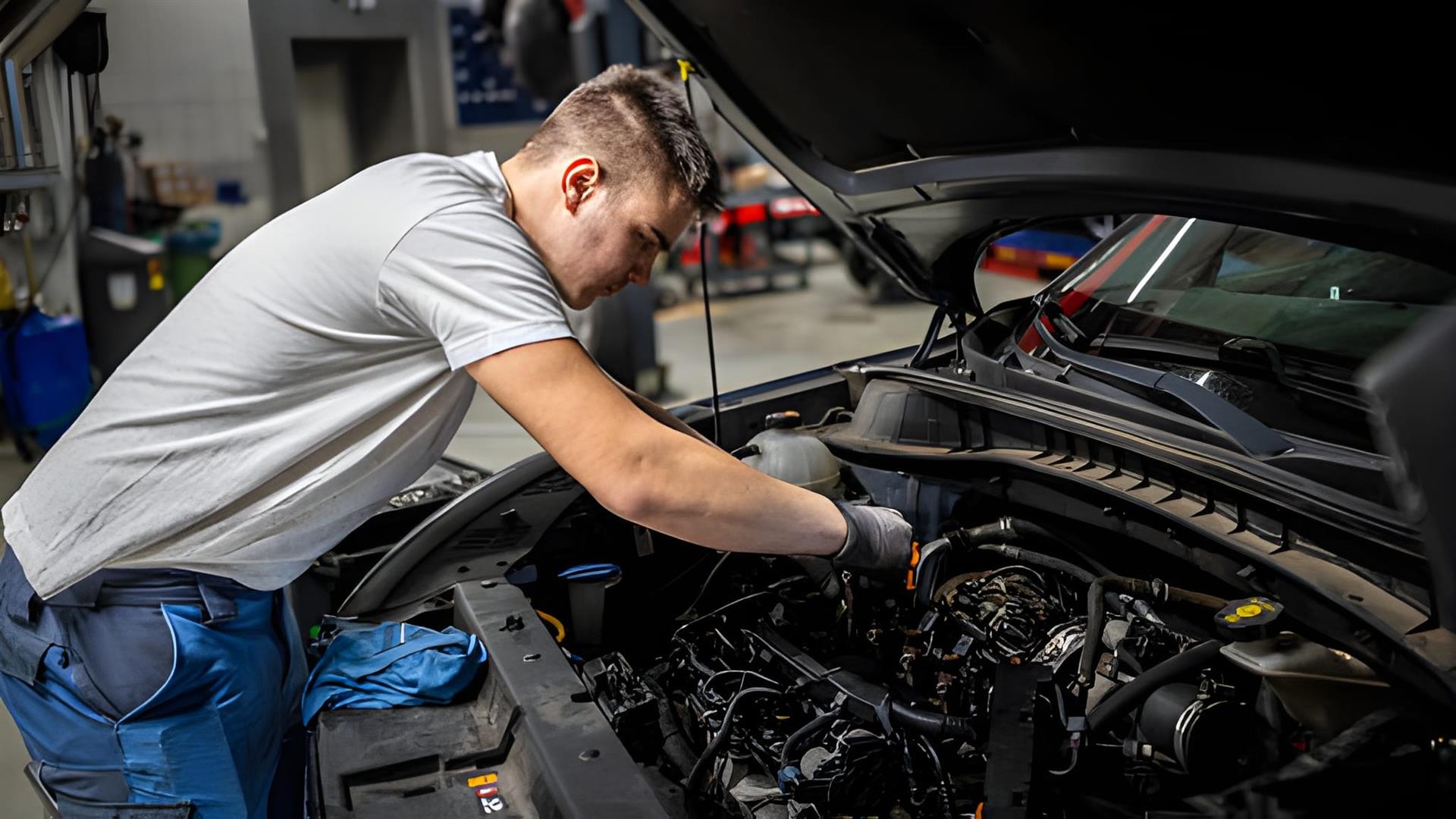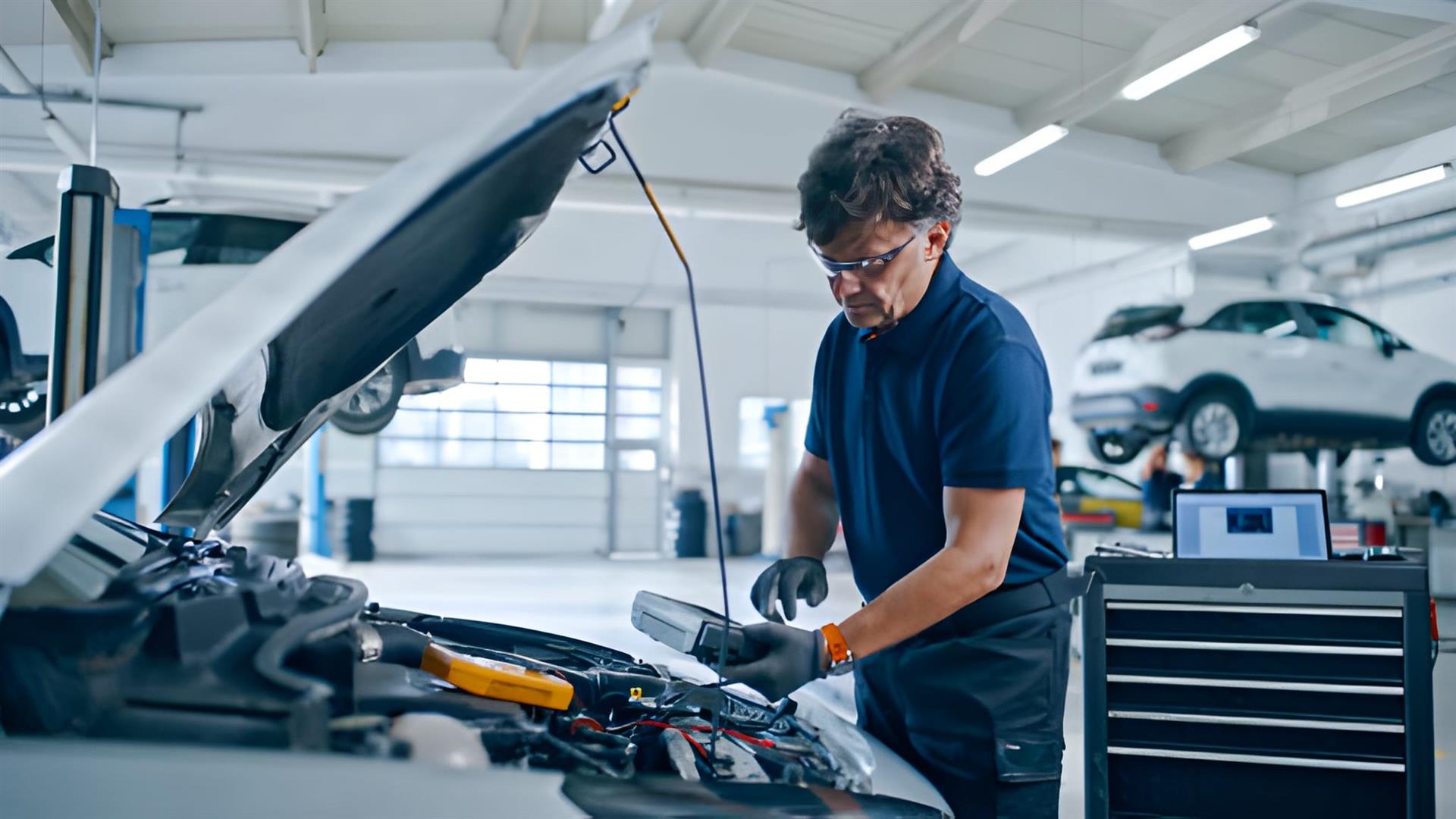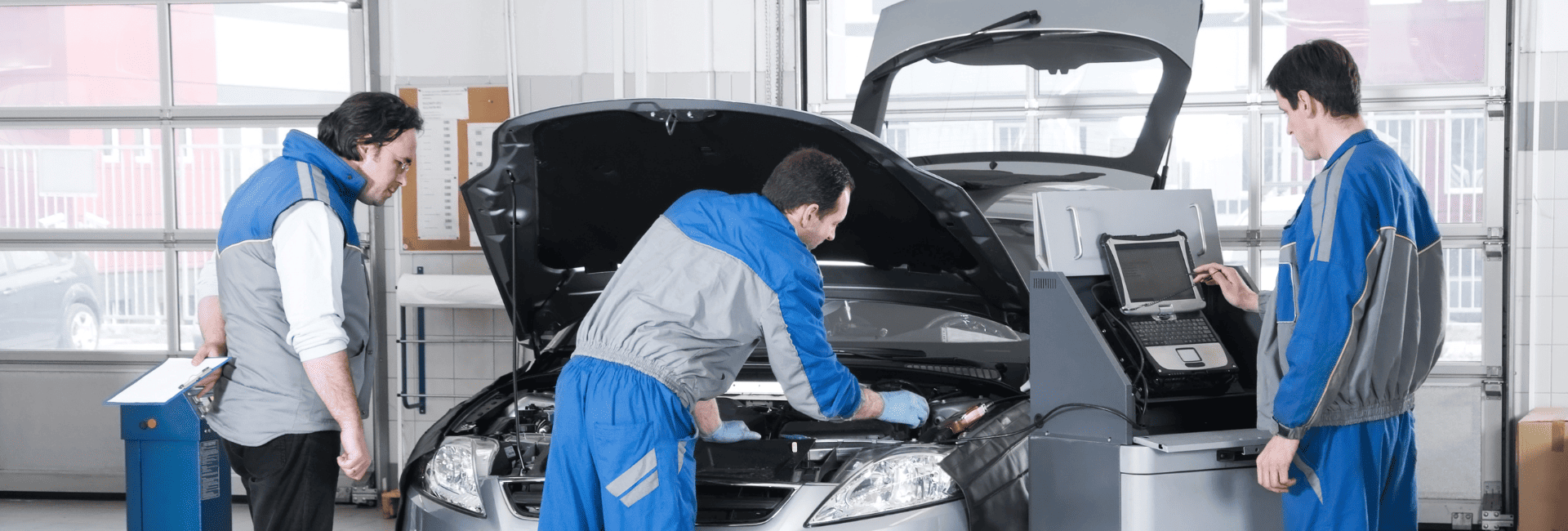Posted on 11/30/2025

Because There’s Nothing More Important Than Protecting the Ones You Love If you’re a parent or caregiver, chances are you've already experienced the challenge of installing a child’s car seat, straining to tighten straps, reading the manual for the fifth time, and wondering if it’s really as secure as it should be. You’re not alone. According to the National Highway Traffic Safety Administration, nearly half of all car seats in the U.S. are installed incorrectly. That’s a sobering statistic, especially when you consider that a properly installed seat can reduce the risk of fatal injury by more than 70% in an accident. It’s a reminder that something as routine as school drop-off or a weekend outing deserves serious attention. At Brookside “66” Service, we work with local families every day. We understand the balancing act of raising kids, managing schedules, and keeping your vehicle road-ready. That’s wh ... read more
Posted on 11/2/2025

As the holiday season approaches, we all start thinking about the gifts we can give to the people we love. But there’s one thing that deserves a little extra care this time of year and it’s sitting right in your driveway. Your car. It gets you to work, school, soccer practice, the grocery store, and every holiday gathering in between. It’s not just a machine it’s the thing that keeps your life moving. So why not treat it to something that will keep it running strong well into the New Year? At Brookside "66" Service, we believe that preventative maintenance is the most meaningful gift you can give your vehicle and by extension, your peace of mind. What Is Preventative Maintenance? Preventative maintenance is more than just oil changes and tire rotations (although those matter, too). It’s about taking care of your car before things go wrong. Here are a few examples of what this looks like: Changing your fluids on time (engine ... read more
Posted on 9/30/2025

In today’s fast-paced world, finding an auto repair shop isn’t hard. A quick online search can bring up dozens of local options, each one promising fast service, low prices, or flashy perks. But here’s the truth: when it comes to the safety and longevity of your vehicle and the peace of mind of your family the shop you choose makes all the difference. Auto repair is not just about fixing problems; it’s about preventing them. And it’s not just about price; it’s about trust. The right auto shop becomes more than a service provider. It becomes a partner in your family's safety and convenience, and in some cases, a long-standing relationship that lasts for years even generations. So what really sets a great auto shop apart from the rest? Let’s start with what doesn’t cut: pushy upsells, unfamiliar faces at every visit, and quick fixes that lead to long-term issues. You deserve better than that. What Makes a Great Auto Shop? A truly d ... read more
Posted on 8/31/2025

Introduction: Have you ever noticed that your car feels bumpy or unstable when driving over uneven terrain? You might be dealing with suspension issues that could compromise your vehicle’s safety and performance. At Brookside "66" Service, we know how important it is for your vehicle to be both comfortable and safe, especially when you're out on Kansas City’s busy roads. Suspension problems can worsen over time, so knowing how to spot the signs early can save you from costly repairs and ensure you continue driving with confidence. In this article, we’ll walk you through the essential components of your car’s suspension system, how to identify common issues, and what you can do to prevent suspension problems before they become a major headache. What Is the Suspension System and Why Does It Matter? The suspension system is a crucial part of your vehicle. It connects the car’s body to the wheels and helps manage the ride quality, handling, a ... read more
Posted on 7/31/2025

Introduction: Keeping your vehicle in top shape requires more than just an oil change. A crucial but often overlooked part of maintaining a car is regularly checking its fluids. Fluids like transmission fluid, brake fluid, and power steering fluid play pivotal roles in ensuring your car runs smoothly and safely. If you're a Kansas City driver who values keeping your car in prime condition, staying on top of fluid maintenance can save you from unexpected breakdowns and expensive repairs. At Brookside “66” Service, we’ve been helping families in Kansas City maintain their vehicles for years. In this article, we'll explore the most essential car fluids, why they're vital, and how to check and maintain them for optimal performance. Why Are Car Fluids So Important? Every vehicle contains a network of fluids that are essential for various systems in the car. These fluids reduce friction, maintain proper operating temperatures, and keep mechanical par ... read more